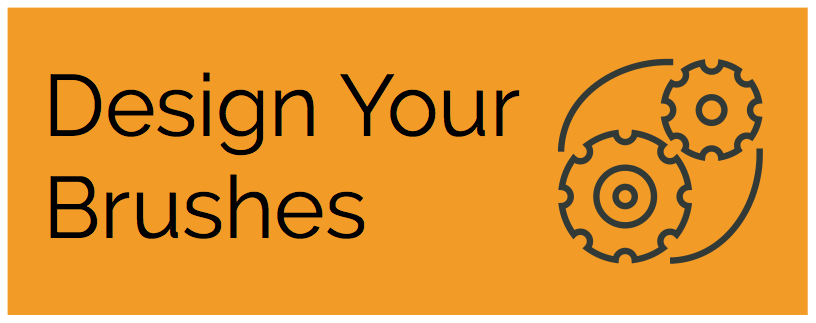- Stock Brushes
- Custom Brushes
- Brushes By Shape
- Brushes By Type
- Metal Channel Strip Brushes
- Flexible Strip Brushes
- Artist Brushes
- Staple Set Brushes
- Wire Drawn Brushes
- Conductive & Antistatic Brushes
- Anti Static Hand Held Brushes
- Anti Static Pencil Brushes
- Anti Static Strip Brushes
- Conductive Strip Brushes Brass
- Conductive Strip Brushes Thunderon
- Conductive Strip Brushes Conductive Nylon
- Conductive Hand Held Brushes
- Conductive Strip Brushes Stainless Steel
- Conductive Pencil Brushes
- Dissipative Brushes
- Dissipative Nylon Strip Brushes
- Dissipative Nylon Push Broom
- Insulative Strip Brushes
- Insulative Pencil Brushes
- Insulative Hand Held Brushes
- Titanium Brushes
- Twisted In Wire Brushes
- Epoxy Wound Brushes
- Step by Step Brush Design
- Common Uses
- Brush Holders
- Brush Info
- Design Sheets
- About Us
- Contact Us
Anti-Static Brushes | Precision Brush
Stock Anti-Static and Conductive Brushes
Antistatic Materials
Antistatic Materials as defined by the EIA and the ESD Association, refers to the property of material that inhibits triboelectric generation of static charges (generally less than 200 volts). These materials would be near neutral (cotton) in the center of the triboelectric series. A material’s antistatic characteristics do not necessarily correlate with its resistivity.
Conductive Materials
Conductive Materials allow charges to move freely across their surfaces or through their volume. Charges placed on one spot of a conductive object will flow around the object so that all parts of the object are uniformly charged. If a charged conductor is grounded, charges will recombine (move to ground) until the object has no charge. Conductive materials have a low resistance to current flow. Ungrounded conductors can generate and hold static charges.
Dissipative Materials
Dissipative Materials allow charges to move slowly across their volume. Charges placed in one spot on a dissipative object will flow around the object so that all parts of the object share the same charge. If a charged dissipative material is grounded, charges will recombine at a slower rate until the object has no charge. Dissipative materials have resistance to current flow that is greater than conductors, but less than insulators.
Insulative Materials
Insulative Materials do not allow charges to move across their surfaces or through their volume. Charges placed in one spot on an insulative object will stay in that particular location. If a charged insulator is grounded, charges will not move to ground. They can also accumulate massive amounts of charge because they do not allow charge movement. However, they will gradually become neutralized through recombination with free ions.


.jpg)
.jpg)
.jpg)
.jpg)
.jpg)
.jpg)
.jpg)
.jpg)
.jpg)
.jpg)
.jpg)
.jpg)
.jpg)
.jpg)
.jpg)




